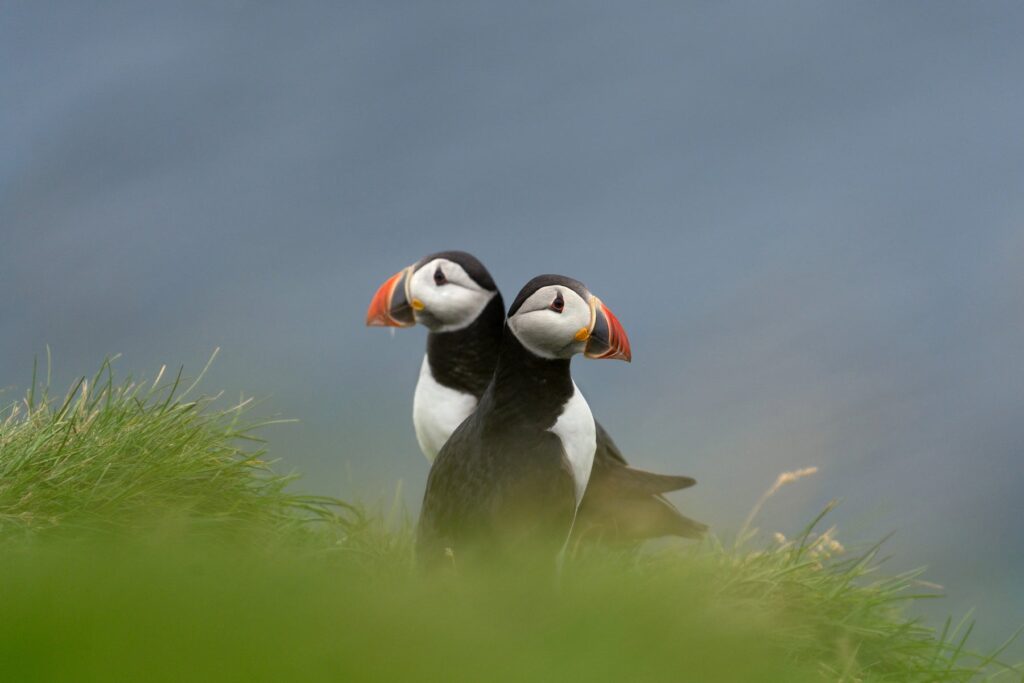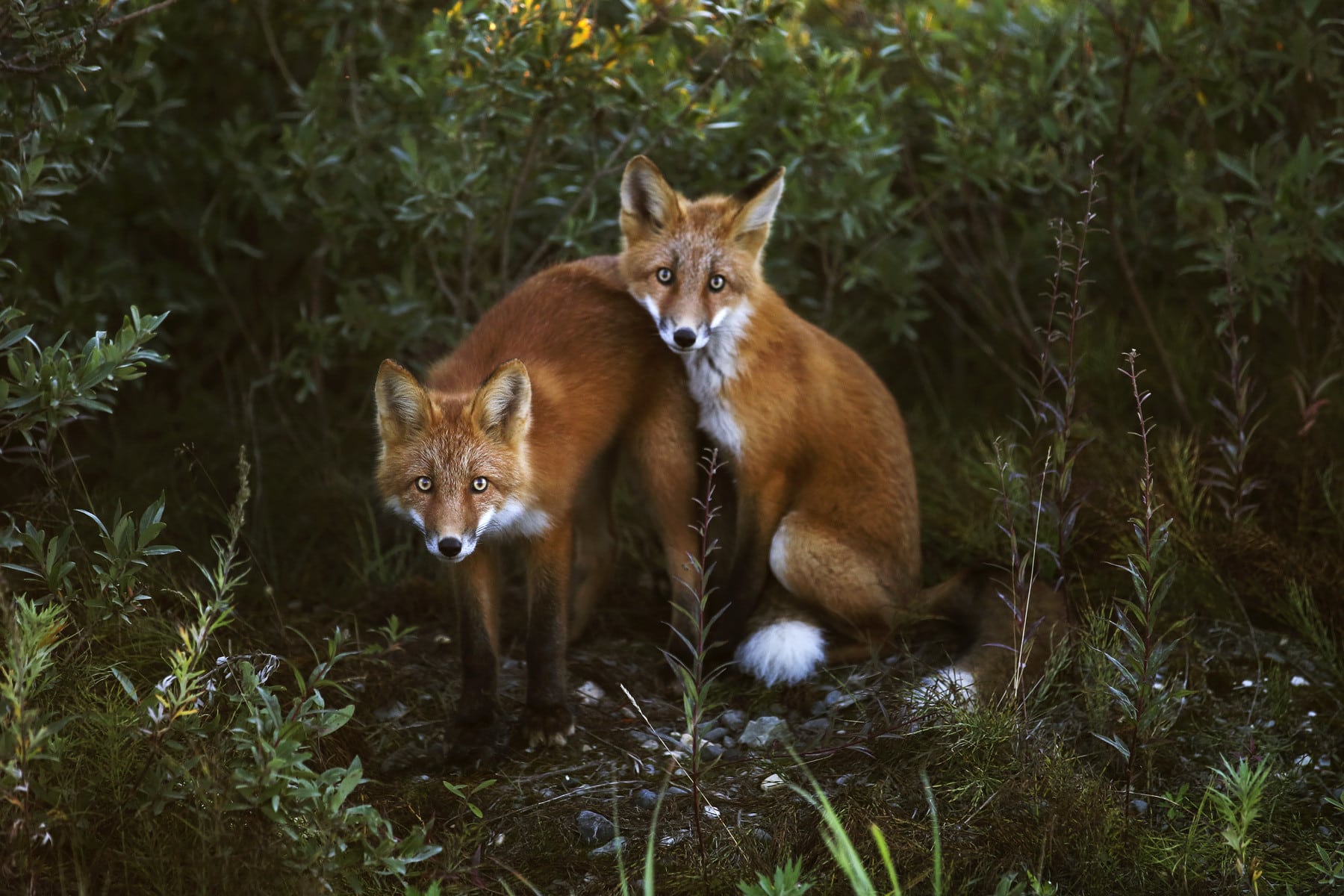Suriname, a hidden gem in South America, is a paradise for wildlife enthusiasts and photographers alike. From the vast Amazon rainforest to the intriguing coastal wetlands, this diverse country is home to a myriad of unique and captivating animal species. In this article, you will uncover a treasure trove of invaluable tips and tricks that will help you capture the essence and beauty of Suriname’s wildlife through your lens. Whether you are a seasoned photographer or a beginner seeking guidance, this article is your key to unlocking the secrets of wildlife photography in Suriname. Get ready to embark on an unforgettable journey into the heart of nature’s wonders.
Choosing the Right Equipment
Consider the Camera
When it comes to wildlife photography, choosing the right camera is crucial to capturing stunning images. You have a wide range of options, from compact point-and-shoot cameras to advanced DSLRs. Consider the following factors when selecting your camera:
- Sensor size: A larger sensor allows for better image quality, especially in low-light conditions. Full-frame cameras are highly recommended for wildlife photography.
- Autofocus system: Look for a camera with a fast and accurate autofocus system to capture moving subjects with ease.
- Burst mode: Wildlife can be unpredictable, so having a camera with a high burst rate is important. This allows you to capture multiple frames in a short amount of time, increasing your chances of getting that perfect shot.
- Weather resistance: Since wildlife photography often involves shooting in outdoor environments, a camera that is weather-sealed will help protect it from the elements.
Selecting the Lens
Choosing the right lens is just as important as selecting the right camera. Here are some factors to consider when selecting a lens for wildlife photography:
- Focal length: Wildlife tends to be distant, so a telephoto lens with a long focal length is essential. Look for lenses in the range of 300mm to 600mm for capturing animals in their natural habitat.
- Image stabilization: When using telephoto lenses, camera shake becomes more noticeable. Look for lenses with built-in image stabilization to counteract this and ensure sharp images.
- Aperture: A wide aperture allows for faster shutter speeds, which is crucial when photographing fast-moving animals. Look for lenses with a maximum aperture of f/2.8 or wider.
- Lens hood: A lens hood helps to reduce lens flare and protects the front element of the lens from damage.
- Weight and size: Wildlife photography often involves long hikes and carrying heavy equipment. Consider the weight and size of the lens to ensure it is comfortable to use for extended periods.
Essential Accessories
In addition to a camera and lens, there are a few accessories that every wildlife photographer should consider:
- Tripod: A sturdy tripod is essential for capturing sharp images, especially in low-light situations or when using heavy telephoto lenses. Look for a lightweight and durable tripod that is easy to carry.
- Camera bag: Invest in a good quality camera bag that can safely store and protect your equipment during transportation.
- Remote shutter release: Using a remote shutter release minimizes the risk of camera shake when capturing long exposures or photographing skittish wildlife.
- Extra batteries and memory cards: Wildlife photography often involves spending long hours in the field, so having spare batteries and memory cards is essential to avoid running out of power or storage space.
Researching Wildlife in Suriname
Understanding the Biodiversity
Before embarking on your wildlife photography adventure in Suriname, it is essential to have a good understanding of the region’s biodiversity. Suriname is known for its incredible richness in plant and animal species, with vast rainforests, wetlands, and coastal areas. Research the various ecosystems and habitats in Suriname to gain a better understanding of the species you may encounter.
Identifying Key Species
In order to capture compelling images of wildlife, it is important to have knowledge of the key species in Suriname. Research and identify the animal species that are unique to Suriname or are particularly interesting for wildlife photography. Familiarize yourself with their behaviors, habitats, and preferred locations.
Researching Animal Behavior
Understanding animal behavior is crucial for wildlife photography. Take the time to research the behavior patterns of the species you are interested in photographing. This will allow you to anticipate their movements and capture the most captivating moments. Consider studying their feeding habits, mating rituals, and daily routines to increase your chances of capturing unique and engaging shots.
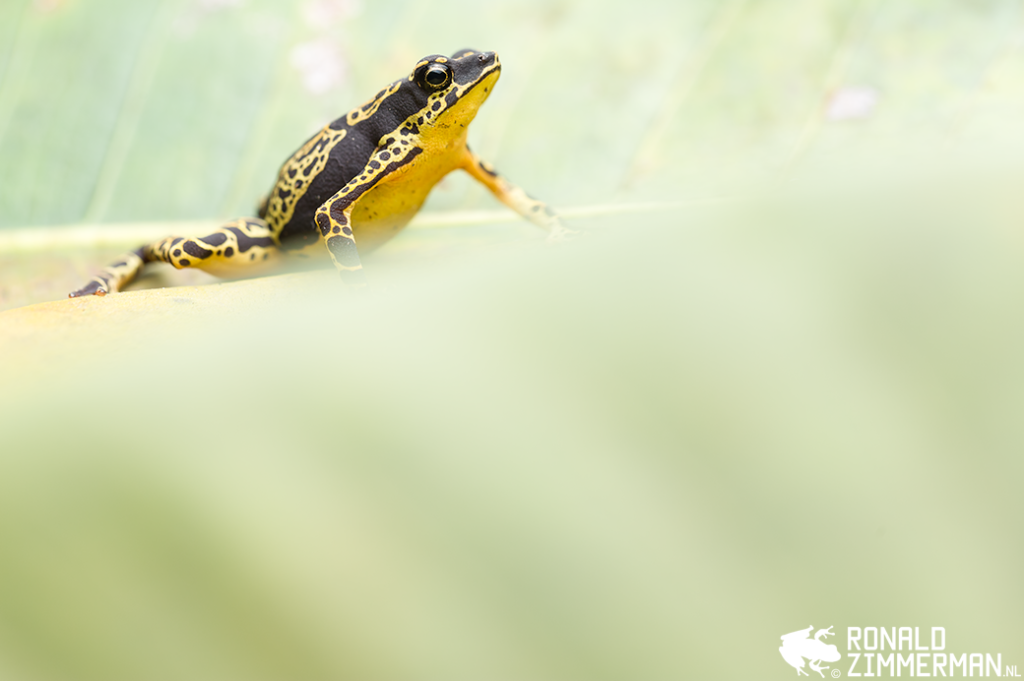
Mastering Wildlife Photography Techniques
Understanding Light and Composition
Mastering the use of light and composition is essential for creating impactful wildlife photographs. Consider the following tips:
- Golden hours: Take advantage of the soft and warm light during the early morning and late afternoon hours, also known as the golden hours. This provides a flattering light that adds depth and dimension to your images.
- Rule of thirds: Use the rule of thirds to create a well-balanced composition. Divide your frame into a grid of thirds and place your subject along one of the intersecting lines. This adds visual interest and draws the viewer’s attention to the subject.
- Backgrounds and foregrounds: Pay attention to the background and foreground of your images. A cluttered or distracting background can take away from the impact of your subject. Look for clean and uncluttered backgrounds that allow the subject to stand out.
Developing Patience and Persistence
Wildlife photography requires patience and persistence. Animals rarely cooperate and getting the perfect shot often involves waiting for hours or even days. Develop your patience and be willing to spend long hours in the field to capture those magical moments. Bring books or other distractions to pass the time while you wait for the perfect opportunity to arise.
Using the Rule of Thirds
The rule of thirds is a compositional guideline that can greatly enhance the aesthetic appeal of your wildlife photographs. Rather than placing your subject dead center in the frame, imagine dividing your frame into nine equal parts using two horizontal lines and two vertical lines. Aim to position your subject along one of these lines or at the intersection points. This creates a more visually interesting composition and can draw the viewer’s eye towards the subject.
Tips for Photographing Specific Wildlife
Capturing Birds in Flight
Photographing birds in flight can be a challenging yet rewarding endeavor. Here are a few tips to help you capture stunning images of birds in motion:
- Use a fast shutter speed: Birds are fast-moving subjects, so using a high shutter speed is essential to freeze their motion. Aim for a minimum shutter speed of 1/1000s or faster.
- Choose a continuous autofocus mode: Birds in flight require continuous autofocus to keep up with their movement. Use a continuous autofocus mode and track the bird as it flies.
- Select a wide aperture: A wide aperture helps to separate the bird from the background, creating a pleasing depth of field. Shoot with a wide aperture (low f-number) like f/2.8 or f/4.
Photographing Mammals in Their Natural Habitat
Mammals can present unique challenges in wildlife photography, but with the right techniques, you can capture stunning images of them in their natural habitat. Consider these tips:
- Be patient: Mammals are often wary of human presence, so patience is key. Spend time observing their behavior from a distance and avoid sudden movements or loud noises.
- Use a long focal length: Telephoto lenses are essential for capturing sharp images of mammals in their natural habitat. A focal length of 300mm to 600mm will allow you to maintain a safe distance while still capturing close-up details.
- Respect their space: It is important to respect the animals’ space and not disturb their natural behavior. Observe from a distance and avoid getting too close, especially if the animal shows signs of stress or discomfort.
Macro Photography and Insects
Macro photography allows you to capture the intricate details of small creatures such as insects. Here are a few tips for successful macro photography of insects:
- Use a macro lens: Invest in a macro lens specifically designed for close-up photography. These lenses have a high magnification ratio and allow you to focus at close distances while maintaining sharpness and detail.
- Choose the right aperture: When photographing small insects, depth of field becomes critical. Use a narrow aperture (high f-number) like f/11 or f/16 to ensure that the entire subject is in focus.
- Stay still: Insects are easily startled, so it is important to remain as still as possible when photographing them. Use a tripod or other stabilizing tools to minimize camera shake.
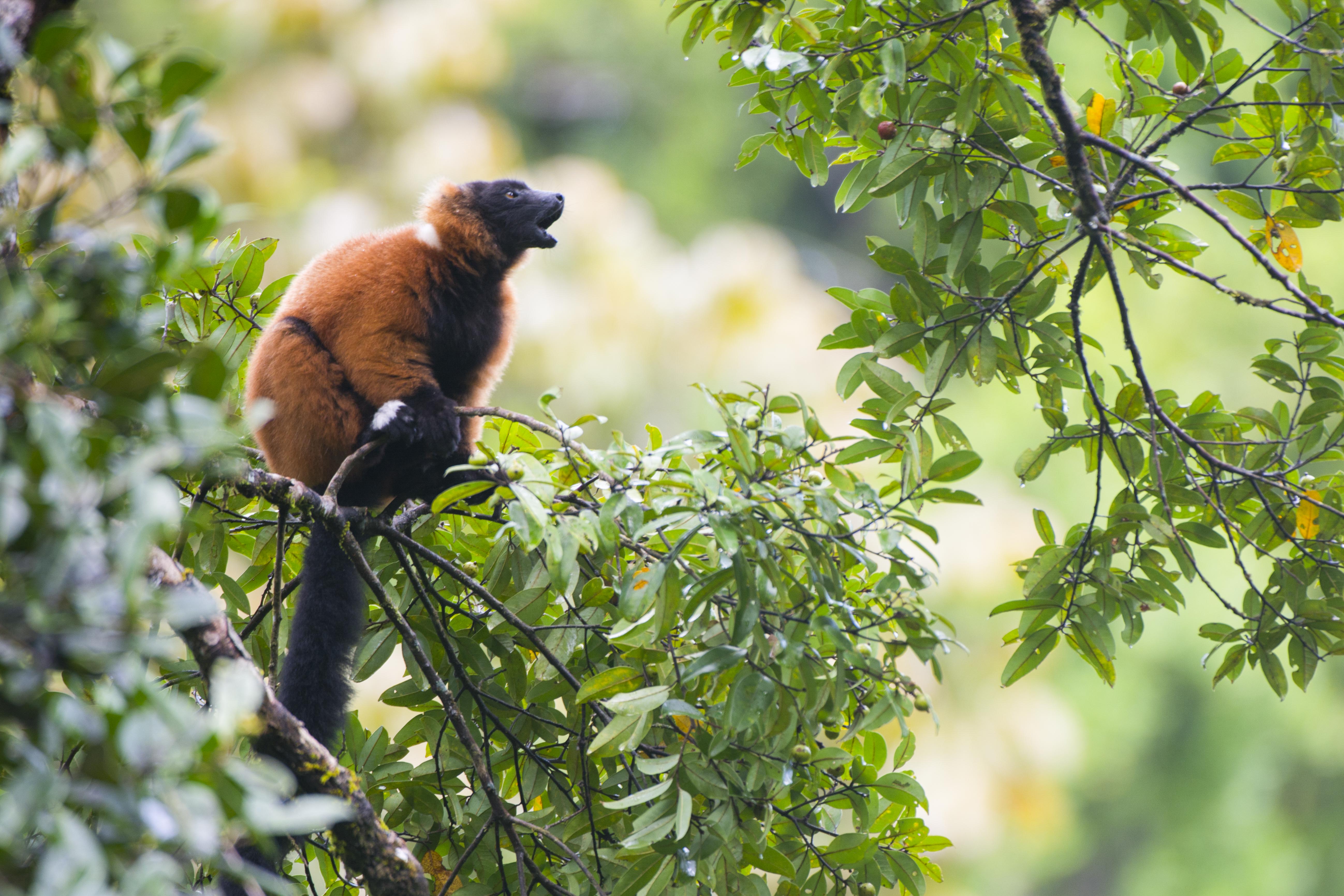
Dealing with Challenging Lighting Conditions
Shooting in Low Light
Low light conditions can present a challenge for wildlife photographers, but with the right techniques, you can still capture stunning images. Here’s what you need to know:
- Increase ISO: In low light situations, you may need to increase your camera’s ISO setting to maintain a fast enough shutter speed. However, be aware that higher ISO settings can introduce grain or noise into your images. Experiment with different ISO settings to find the balance between noise and shutter speed.
- Use a wide aperture: In low light situations, using a wide aperture (low f-number) allows more light to enter the camera, resulting in faster shutter speeds. This will help freeze the motion of wildlife that may be active even in low light conditions.
- Consider using a tripod: In extreme low-light conditions, using a tripod can help stabilize your camera and allow for longer shutter speeds without introducing camera shake.
Handling Harsh Sunlight
Harsh sunlight can cause harsh shadows and blown-out highlights in your wildlife photographs. To overcome this challenge, consider the following tips:
- Shoot during the golden hours: The soft and warm light during the early morning and late afternoon hours provides a more flattering and even light for wildlife photography. Photographing during these times minimizes the harsh shadows and adds more depth to your images.
- Use a diffuser: A diffuser can help soften the harsh sunlight and create a more even and pleasing light on your subject. Position the diffuser between the sunlight and your subject to diffuse the light and reduce harsh shadows.
Using Fill Flash
Fill flash can be a useful tool for balancing exposure and reducing harsh shadows when photographing wildlife. Here’s how to effectively use fill flash:
- Adjust flash power: Set your flash to a low power setting to avoid overpowering the ambient light. The goal is to use the flash to fill in shadows without creating a stark and unnatural look.
- Use a flash diffuser: A flash diffuser can soften and spread the light from your flash, creating a more natural and even illumination on your subject. Experiment with different diffusers to find the one that works best for you.
Planning Your Wildlife Photography Adventure
Choosing the Right Time of Year
The time of year you choose for your wildlife photography adventure in Suriname can greatly affect your experience and the species you encounter. Consider the following factors when deciding the best time to visit:
- Migration patterns: Research the migration patterns of the species you are interested in photographing. Some species may only be present in Suriname during certain times of the year.
- Weather conditions: Consider the weather conditions during different seasons. Certain seasons may offer more favorable conditions for wildlife photography, such as cooler temperatures or less rainfall.
- Breeding seasons: Breeding seasons can be an excellent time to photograph wildlife, as animals may be more active and engaging in courtship behaviors.
Researching Photography Locations
Suriname offers a diverse range of photography locations, from dense rainforests to coastal wetlands. Research and identify specific locations within Suriname that offer the best opportunities for photographing the wildlife you are interested in. Consider factors such as accessibility, local guides or rangers who can provide guidance, and safety precautions.
Considering Guided Tours
If you are new to wildlife photography or unfamiliar with the territory, considering a guided tour is highly recommended. Guided tours provide the benefit of local knowledge and expertise, ensuring you are in the right place at the right time to capture the best wildlife shots. Guides can also offer valuable insights into animal behavior and help you navigate any potential challenges or hazards.
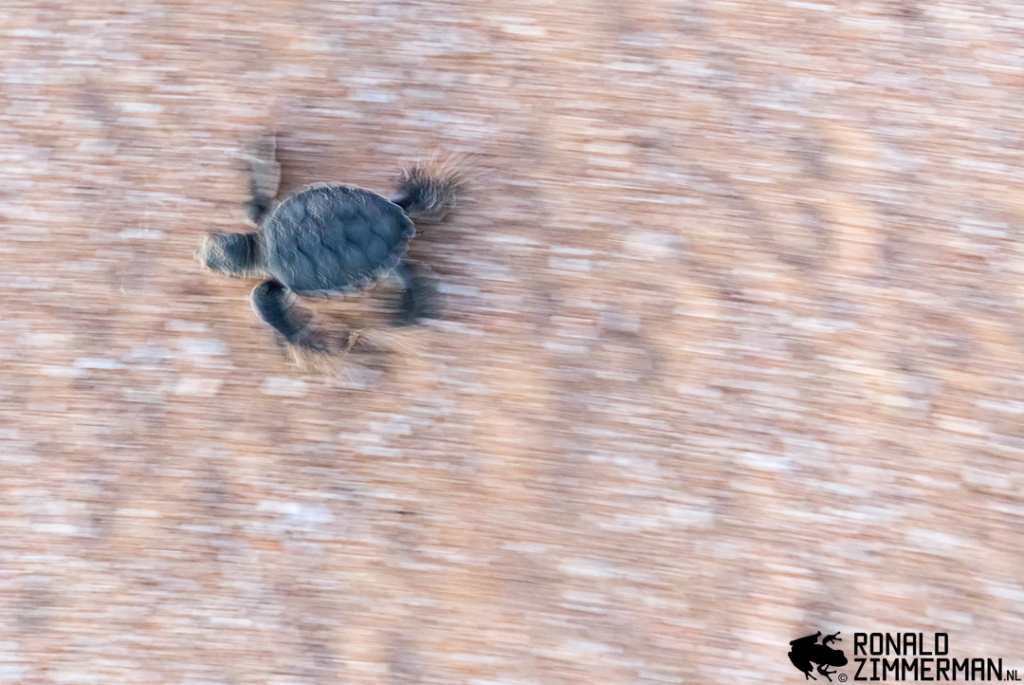
Ethics and Conservation in Wildlife Photography
Respecting Wildlife and Their Habitats
As wildlife photographers, it is important to prioritize the well-being and conservation of the species we photograph. Here are a few ways to respect wildlife and their habitats:
- Maintain a safe distance: Avoid getting too close to wildlife, as this can cause stress or alter their natural behavior. Use telephoto lenses to capture close-up shots while maintaining a respectful distance.
- Stay on designated paths: Respect any restricted areas or guidelines provided by local authorities to protect wildlife habitats. Staying on designated paths minimizes disturbance to the delicate ecosystems.
Minimizing Disturbance
Wildlife photography often involves observing animals in their natural habitat, and it is crucial to minimize disturbance to their routines and behaviors. Here are a few tips to minimize disturbance:
- Avoid rapid or sudden movements: Sudden movements can startle animals, causing unnecessary stress and altering their behavior. Move slowly and deliberately when approaching wildlife.
- Turn off camera sounds: Disable any artificial sounds your camera may make, such as shutter sounds or autofocus beeps. These sounds can disrupt the animals and compromise their natural behavior.
Supporting Local Conservation Efforts
Supporting local conservation efforts is important for the preservation of wildlife and their habitats. Consider the following ways to contribute:
- Donate to local conservation organizations: Research and support local organizations dedicated to wildlife conservation. Your contributions can help fund critical initiatives such as habitat protection and wildlife rehabilitation.
- Raise awareness: Use your wildlife photographs as a platform to raise awareness about the importance of conservation. Share your images on social media and educate others about the need to protect wildlife and their habitats.
Post-Processing and Showcasing Your Wildlife Photos
Choosing the Right Software
Post-processing plays a crucial role in enhancing your wildlife photographs and bringing out their full potential. Here are some popular software options for wildlife photography:
- Adobe Lightroom: Lightroom is a powerful tool for organizing, editing, and enhancing your wildlife photos. It offers a wide range of editing features and allows you to create presets for efficient batch processing.
- Adobe Photoshop: Photoshop is a more advanced editing software that provides extensive control over your images. It is particularly useful for retouching, compositing, and more advanced editing techniques.
- Capture One: Capture One is another professional-grade editing software that offers robust editing capabilities. It is known for its excellent color grading and detail-preserving algorithms.
Editing Techniques for Wildlife Photography
When it comes to editing wildlife photographs, less is often more. Here are a few key editing techniques to consider:
- Adjust exposure and white balance: Ensure your image is properly exposed and adjust the white balance to accurately represent the colors in your wildlife photographs.
- Enhance details: Use sharpening tools to enhance the fine details in your images, such as fur, feathers, or scales. Be careful not to over-sharpen, as this can lead to unnatural-looking results.
- Remove distractions: If there are distracting elements in your photographs, use tools such as spot healing or cloning to remove them and keep the focus on your subject.
- Enhance colors: Make subtle adjustments to the saturation and vibrance to enhance the natural colors of your wildlife subjects.
Creating an Online Portfolio or Exhibition
Once you have edited your wildlife photographs to perfection, it’s time to showcase your work. Consider creating an online portfolio or exhibition to share your images with the world. You can create a website or use online platforms specifically designed for photographers to showcase and sell your work. Social media platforms also offer a great opportunity to reach a wider audience and connect with other wildlife photography enthusiasts.
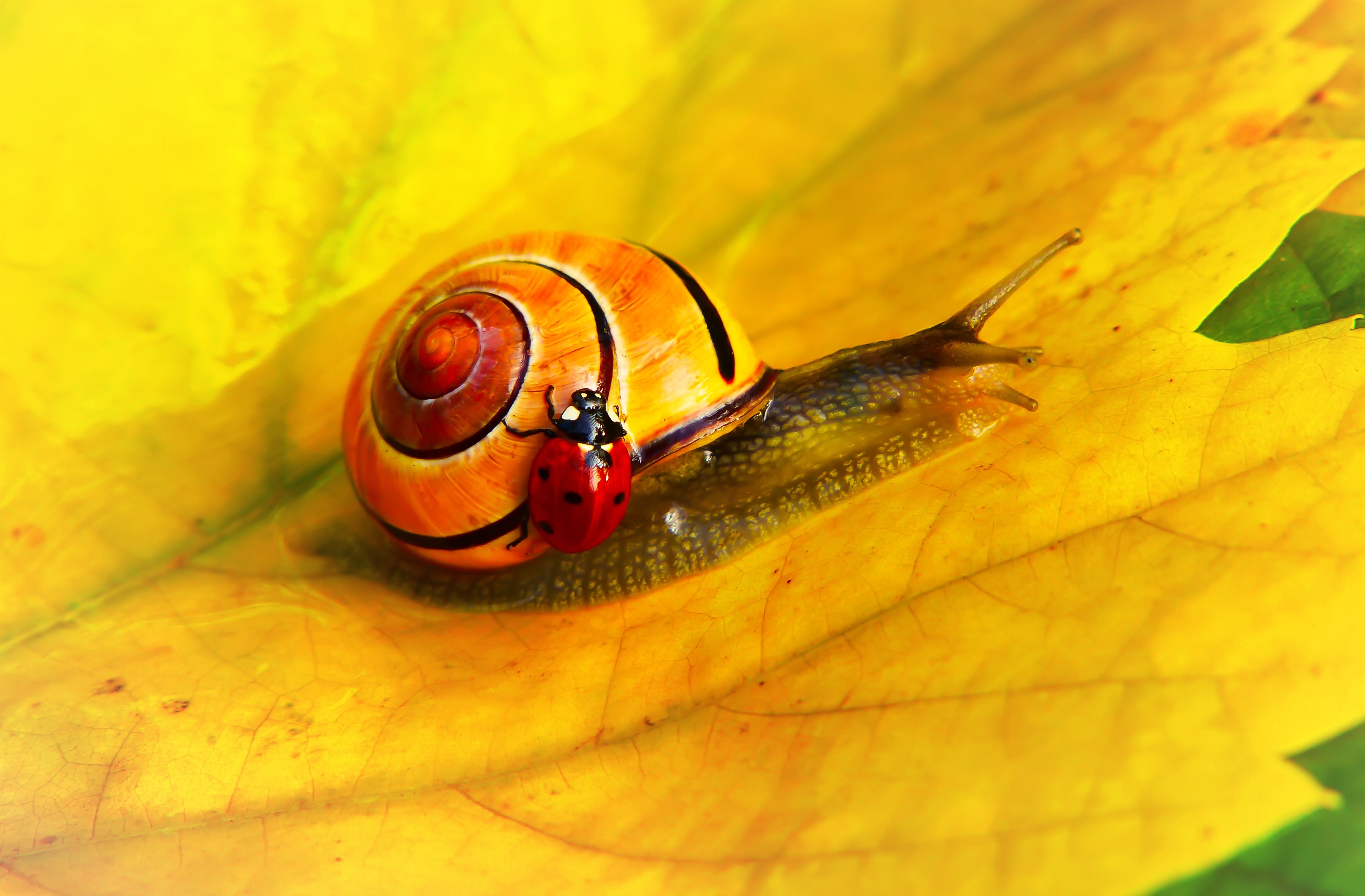
Safety Considerations for Wildlife Photographers
Understanding Potential Hazards
Wildlife photography often involves close proximity to potentially dangerous animals and challenging environments. It is crucial to be aware of the hazards and take necessary precautions to ensure your safety. Some potential hazards include:
- Animal encounters: Some animals may perceive humans as threats and could potentially exhibit aggressive behavior. Research the safety guidelines for encountering wildlife and learn about animal behavior and warning signs.
- Weather conditions: Extreme weather conditions, such as heatwaves or heavy rain, can pose risks to your well-being. Stay informed about the weather forecast and prepare accordingly.
- Remote locations: Wildlife photography often takes you to remote and unfamiliar locations. Be prepared for navigation challenges, lack of facilities, and limited access to emergency services.
Preparing for Wildlife Encounters
To ensure your safety during wildlife encounters, it is important to be prepared. Here are a few safety tips:
- Educate yourself: Research the animals you may encounter and learn about their behavior. Understand their warning signs and know how to respond in case of an unexpected encounter.
- Travel in groups if possible: When venturing into remote areas, consider traveling with a companion or joining a guided tour. Having someone else with you can provide an extra level of safety and support.
- Carry safety equipment: Pack essential safety equipment such as a whistle, bear spray (if applicable), a first aid kit, and a satellite phone or emergency communication device.
Basic First Aid Skills
Having basic first aid skills is essential for any wildlife photographer. In remote locations, immediate medical assistance may not be readily available. Consider taking a basic first aid course to learn essential skills such as CPR, wound management, and snakebite treatment. Carry a first aid kit with you at all times and ensure it is stocked with necessary supplies.
Overcoming Challenges in Wildlife Photography
Dealing with Unpredictable Wildlife Behavior
One of the challenges of wildlife photography is dealing with the unpredictable behavior of animals. Here are a few tips to help overcome this challenge:
- Be patient and observant: Spend time studying the behavior of the animals you are photographing. Observe their patterns and anticipate their movements to increase your chances of capturing unique shots.
- Focus on storytelling: Sometimes, the most interesting photographs are the ones that tell a story about the animal’s behavior. Instead of solely focusing on capturing the perfect portrait, try to capture moments that depict their unique behaviors or interactions.
Maintaining Stamina and Endurance
Wildlife photography often requires long hours in the field and physical stamina is important to be able to keep up. Here are some tips to maintain stamina and endurance:
- Stay physically fit: Engage in regular exercise to improve your physical fitness and endurance. Strengthening exercises, such as hiking or cycling, can prepare you for long days in the field.
- Take breaks: Don’t forget to take breaks and pace yourself. Fatigue can affect your concentration and creativity, so it’s important to rest and recharge when needed.
Managing Weather Conditions
Weather conditions can greatly impact wildlife photography and present unique challenges. Here are some tips for managing different weather conditions:
- Rainy conditions: Invest in a rain cover for your camera and lens to protect them from moisture. Use an umbrella or waterproof jacket to shield yourself from the rain.
- Extreme heat: Stay hydrated and protect yourself from the sun by wearing appropriate clothing and using sunscreen. Seek shade whenever possible to avoid heat exhaustion or heatstroke.
By following these tips and techniques, you’ll be well on your way to capturing stunning wildlife photographs during your adventures in Suriname. Remember to always prioritize the well-being and conservation of the animals and their habitats, and enjoy the incredible biodiversity and beauty that Suriname has to offer. Happy shooting!
